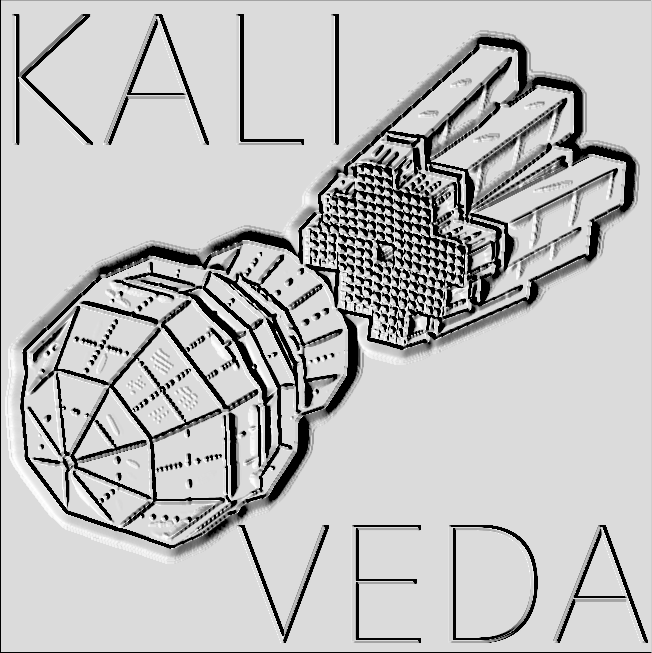Example of an analysis class for reconstructed raw data
This is the analysis class generated by default by KaliVedaGUI for analysis of reconstructed raw data.
#ifndef __EXAMPLERECONRAWANALYSIS_H
#define __EXAMPLERECONRAWANALYSIS_H
#include "KVReconRawDataAnalyser.h"
public:
ExampleReconRawAnalysis() {}
virtual ~ExampleReconRawAnalysis() {}
};
#endif
#define ClassDef(name, id)
virtual Bool_t Analysis()=0
virtual void EndAnalysis()=0
virtual void InitAnalysis()=0
Base class for user analysis of raw data with event reconstruction.
DisplacementVector3D< CoordSystem, U > Mult(const Matrix &m, const DisplacementVector3D< CoordSystem, U > &v)
#include "ExampleReconRawAnalysis.h"
void ExampleReconRawAnalysis::InitAnalysis()
{
AddHisto<TH1F>("Mult", "Number of reconstructed particles in each event", 200, -.5, 199.5);
auto t = AddTree("myTree", "");
t->Branch("ArrayName", &ArrayName);
t->Branch("Z", &Z);
SetJobOutputFileName("ExampleReconRawAnalysis_results.root");
}
void ExampleReconRawAnalysis::InitRun()
{
Info(
"InitRun",
"Beginning analysis of run %s containing %llu events", GetRunIndexNumber().as_string().Data(), GetCurrentRun()->GetEvents());
GetTree("myTree")->SetTitle(GetSystem()->GetName());
}
Bool_t ExampleReconRawAnalysis::Analysis()
{
Mult = GetReconstructedEvent()->GetMult();
FillHisto("Mult", Mult);
ArrayName = rnuc.GetArrayName();
Z = -1;
if (rnuc.IsIdentified() && rnuc.IsZMeasured()) Z = rnuc.GetZ();
}
}
}
Bool_t HandledRawData() const
Wrapper class for iterating over nuclei in KVReconstructedEvent accessed through base pointer or refe...
void FillTree(TTree &myTree, const RooDataSet &data)

